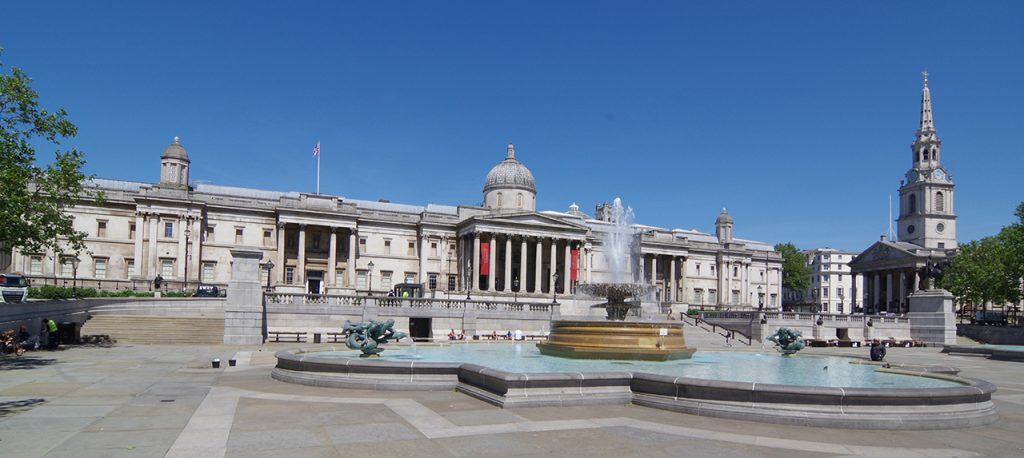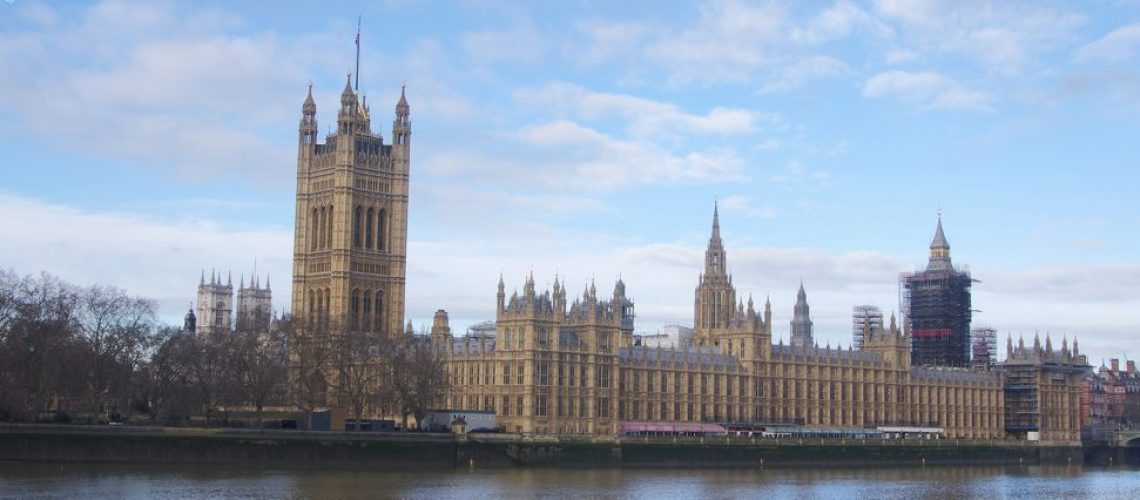Massive overspending on public projects has plagued governments for centuries and iconic London landmarks, such as the Palace of Westminster and Trafalgar Square, are but two such examples. Charlie Forman takes a look at the historical account books
With handkerchiefs pressed to their faces, MPs evacuated riverside rooms at the Palace of Westminster, nauseous and anxious.
This was the Great Stink of 1858 as the Thames lapped the palace walls with raw sewage putrefying in the summer sun. In fact, plans for the sewerage system that London still uses today had already been drawn up. But the City of London had been unwilling to lend capital against the uncertainty of future sewerage rates. The Stink, which was thought to transmit fatal diseases, instantly conjured up government bonds to build the sewers.
Seen as a game changer for investment in public health, this was by no means the first public money to fund public works. However, far from improving health, many of the previous big spenders had been prestige projects – including four that have become star Westminster tourist attractions.
Westminster Abbey is heading for its 1000th birthday. But the west front, built with public money to a 1734 design by Nicholas Hawksmoor, is what gives it instant recognition.
And that money was the follow-up to another generous arrangement. A tax on coal, first levied for reconstruction after the Great Fire of 1666, was extended in 1685 and 1696 to two Christopher Wren projects: the completion of St Paul’s Cathedral and a major refurbishment of the Abbey.
With these big beasts as beneficiaries, the tax soon rose from 1 shilling to 3 shillings a ton. Then in 1710 came the commission to build 50 new churches – also to be funded by the coal tax. But the Abbey work dragged on with first call on the money, which is one reason why we only got 10 and not 50 new churches.
Then there is Buckingham Palace, designed by John Nash for George IV. Greatly impressed with the main rooms, the king wanted them for state receptions, not simply as a private palace. The attempt to accommodate this change half-way through construction threatened to create a white elephant.
When the king died, Nash was sacked as costs edged towards triple the original estimates. William IV, who succeeded his brother George IV, wouldn’t live there. Parliament wouldn’t use it either.
If the young Queen Victoria, William’s niece, hadn’t been so desperate to escape her overbearing mother, the palace may have ended up as a public records office, as one MP proposed.
What about Trafalgar Square? Charles Barry’s scheme did better at just under twice its agreed budget. But MPs seemed less concerned with that than with the threat of an enormous stone carbuncle being dumped in the middle of it which, they feared, would ruin the sight lines to the elegant new National Gallery. Despite much endeavour and committee time, they failed – and Nelson’s column is still with us.
And so to the iconic Palace of Westminster – eventually completed just 36 years after the previous palace burnt down at only three times the budget. While parliament was concerned about the overspend, it also wanted its facilities.
Their demands were so extensive that Charles Barry had to build out into the river. So MPs had placed themselves in a unique position for the Great Stink: stuck out on a peninsula in the turbid Thames, surrounded on three sides by sewage – sewage that parliament had first permitted in the river not so very long before.
Just suppose some public figure had been able to face down the likes of Wren, Hawksmoor, Nash and Barry – enforcing cuts to the scope and quality of their plans to meet the constraints of time and budget. The results may have been more functional, but almost certainly less imposing.
So perhaps we should celebrate the failure to control public spending on these projects because this is what helped deliver four of the great Westminster landmarks that we enjoy today.
Charlie Forman, chasforman@aol.com


